Chickens are easily stressed and moving to a new home is one of the most stressful events a chicken can experience. Stress can have negative behavioral and physical manifestations in chickens, including, pecking, picking and bullying. When chickens of any age bully other chickens, the behavior must be interrupted, the cause determined, and the bully, reformed. This is how I reformed a brooder bully, but the technique works with chickens of all ages.
There is a difference between establishing or maintaining one’s place in the pecking order and true bullying. Enforcement of the social hierarchy with the occasional peck or nudge is to be expected, but repeated, aggressive behavior causing injury is not normal, nor acceptable. If feathers are being picked or blood is being drawn, the behavior must be stopped. Any time a chicken is injured, they must be physically separated from the other birds for their own protection until the wound is 100% healed. Failure to do so can result in cannibalism and death.
Not long after bringing home three adorable, 6 week old bantam Cochins with frizzled feathers, the red chick, Rachel, began mercilessly pecking the other two chicks. Poor Phoebe (the white chick) took the brunt of Rachel’s aggression and was often found cowering underneath Monica. I needed to find a solution to end to the pecking. The breeder from whom we purchased the chicks assured me that Rachel had not been a problem before the move, so it was fair to deduce that stress from moving was the cause of the bullying.
Reforming the Bully
I physically segregated Rachel from the others chicks, while keeping her close to her brooder-mates. Everyone was still able to see and hear each other without danger of further injury. The chicks were in a simple, cardboard box brooder, which was ideally suited to making a chick condo. I connected a second large cardboard box to the first with duct tape. I then cut out a window in between the two boxes and secured window screening to the openings with a stapler. Hardware cloth could be used instead of window screening between the two boxes. To prevent the chicks from hopping out of or flying out of the brooder, I also secured window screening to the top of the brooder.
Rachel clearly wanted to get back to her brooder buddies, but it was necessary. In 4-5 days, the trio was physically reunited without further incident. They have been inseparable ever since. If the separation is not successful in the first few days, a few more days in quasi-segregation should do the trick.
Kathy Shea Mormino
Affectionately known internationally as The Chicken Chick®, Kathy Shea Mormino shares a fun-loving, informative style to raising backyard chickens. …Read on


shop my SPONSORS
Chickens are easily stressed and moving to a new home is one of the most stressful events a chicken can experience. Stress can have negative behavioral and physical manifestations in chickens, including, pecking, picking and bullying. When chickens of any age bully other chickens, the behavior must be interrupted, the cause determined, and the bully, reformed. This is how I reformed a brooder bully, but the technique works with chickens of all ages.
There is a difference between establishing or maintaining one’s place in the pecking order and true bullying. Enforcement of the social hierarchy with the occasional peck or nudge is to be expected, but repeated, aggressive behavior causing injury is not normal, nor acceptable. If feathers are being picked or blood is being drawn, the behavior must be stopped. Any time a chicken is injured, they must be physically separated from the other birds for their own protection until the wound is 100% healed. Failure to do so can result in cannibalism and death.
Not long after bringing home three adorable, 6 week old bantam Cochins with frizzled feathers, the red chick, Rachel, began mercilessly pecking the other two chicks. Poor Phoebe (the white chick) took the brunt of Rachel’s aggression and was often found cowering underneath Monica. I needed to find a solution to end to the pecking. The breeder from whom we purchased the chicks assured me that Rachel had not been a problem before the move, so it was fair to deduce that stress from moving was the cause of the bullying.
Reforming the Bully
I physically segregated Rachel from the others chicks, while keeping her close to her brooder-mates. Everyone was still able to see and hear each other without danger of further injury. The chicks were in a simple, cardboard box brooder, which was ideally suited to making a chick condo. I connected a second large cardboard box to the first with duct tape. I then cut out a window in between the two boxes and secured window screening to the openings with a stapler. Hardware cloth could be used instead of window screening between the two boxes. To prevent the chicks from hopping out of or flying out of the brooder, I also secured window screening to the top of the brooder.
Rachel clearly wanted to get back to her brooder buddies, but it was necessary. In 4-5 days, the trio was physically reunited without further incident. They have been inseparable ever since. If the separation is not successful in the first few days, a few more days in quasi-segregation should do the trick.



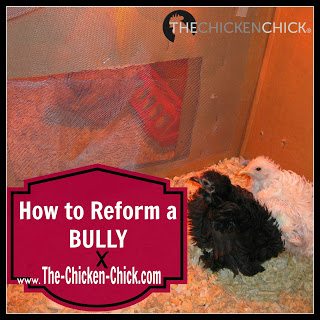
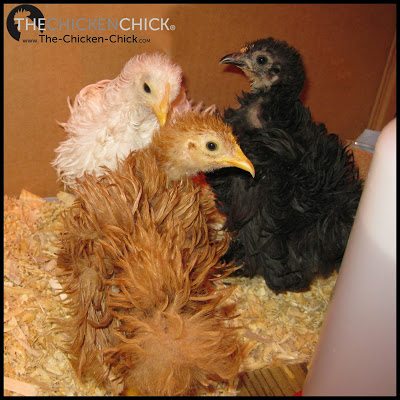
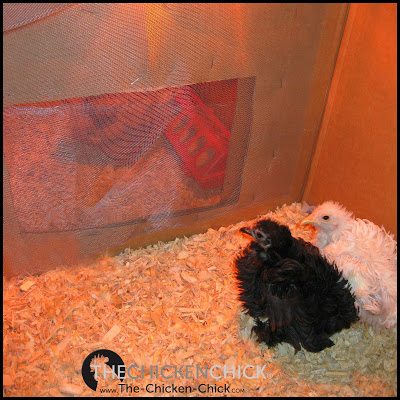
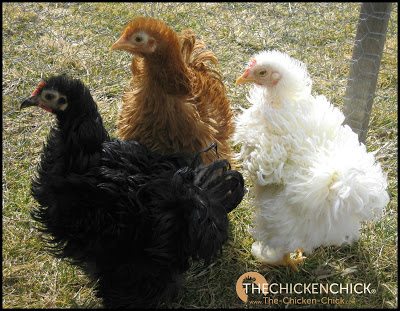
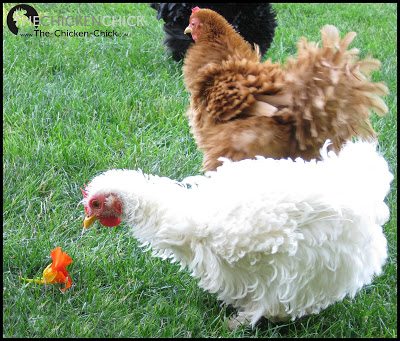






















=( I know…I suggested that we get 25 more females…My husband laughed. I think he has another alternative in mind. I don't know how I would decide. Captain Morgan was a favorite because he loved to be held (until he became head honcho) and Gentleman Jack is very good to his girls…very protective and watches over them while they eat, and comes to their rescue when they squawk. The smallest hasn't been named and has an attitude but that might change if he had his own girls. I love my chickens and want to keep it balanced, but as we… Read more »
I don't keep guineas, but it's certainly worth a try.
You have TWO too many roosters for 9 hens. Each roo should have 12-15 hens for himself.
Nope.
Bummer. Been there. :(